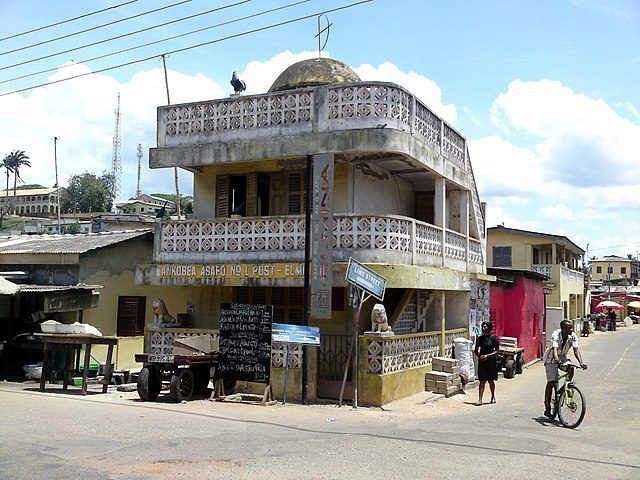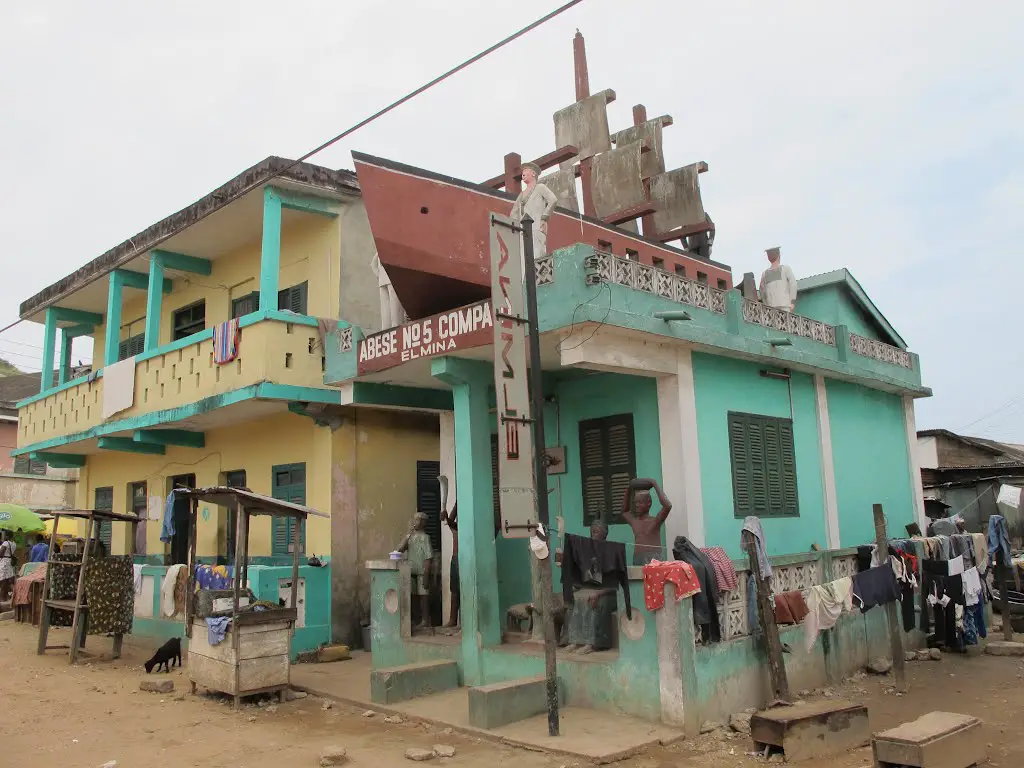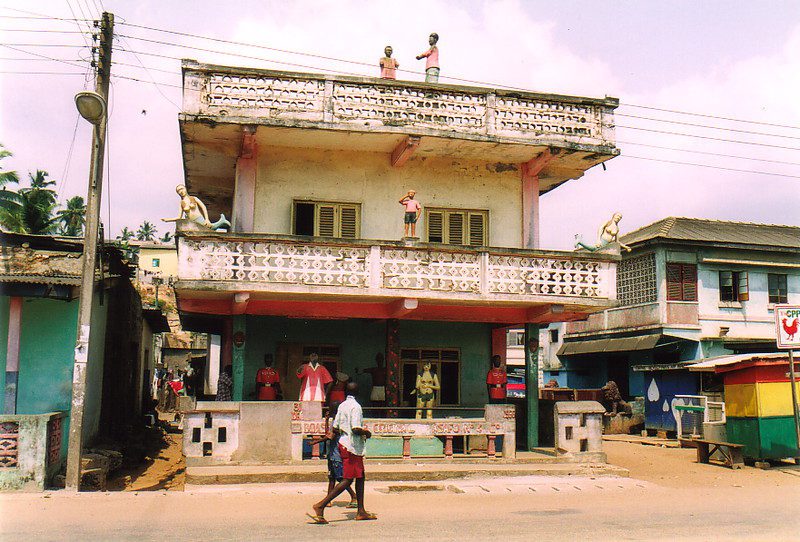Elmina Tour
Elmina Tour
Elmina, a historic coastal town in Ghana, also known as Anomansa or Edina, is rich in cultural heritage and significant landmarks that attract visitors from around the world. Here are some of the main sights that make Elmina a fascinating destination:
Elmina Castle
Elmina Castle, also known as São Jorge da Mina, is the town’s most iconic landmark. Built by the Portuguese in 1482, it is one of the oldest European structures in sub-Saharan Africa. The castle played a pivotal role in the trans-Atlantic barter trade and later slave trade, serving as a key depot for goods at first and later slaves before their journey to the Americas. Today, it stands as a UNESCO World Heritage site, offering poignant guided tours that delve into its dark history, architecture, and impact on global history.
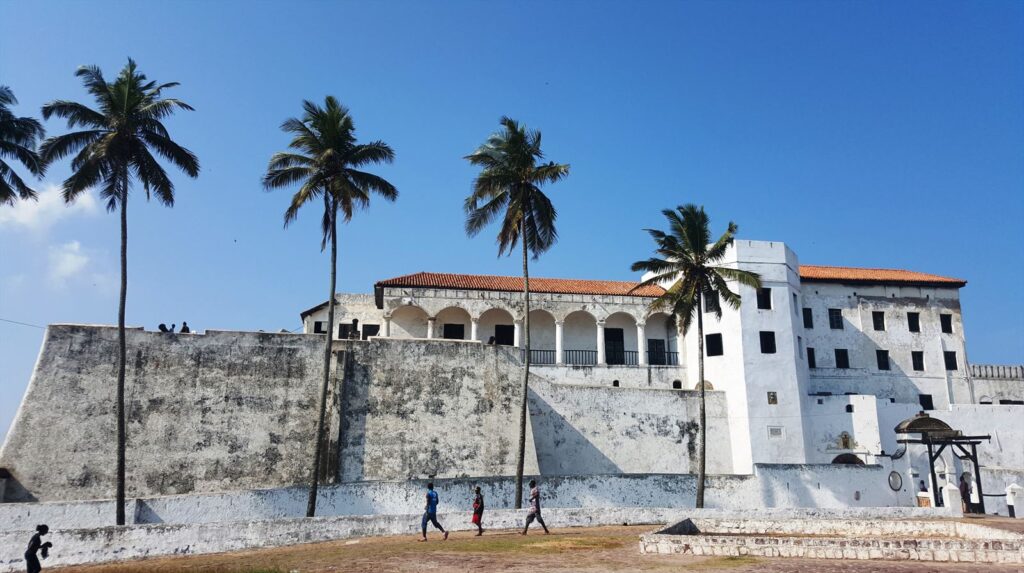

Fort St. Jago
Overlooking Elmina Castle from a hill, Fort St. Jago was constructed by the Dutch in the mid-17th century to provide additional defense for the region. Unlike Elmina Castle, Fort St. Jago was primarily a military stronghold. Visitors can explore the fort’s well-preserved bastions and enjoy panoramic views of Elmina town and the coastline.
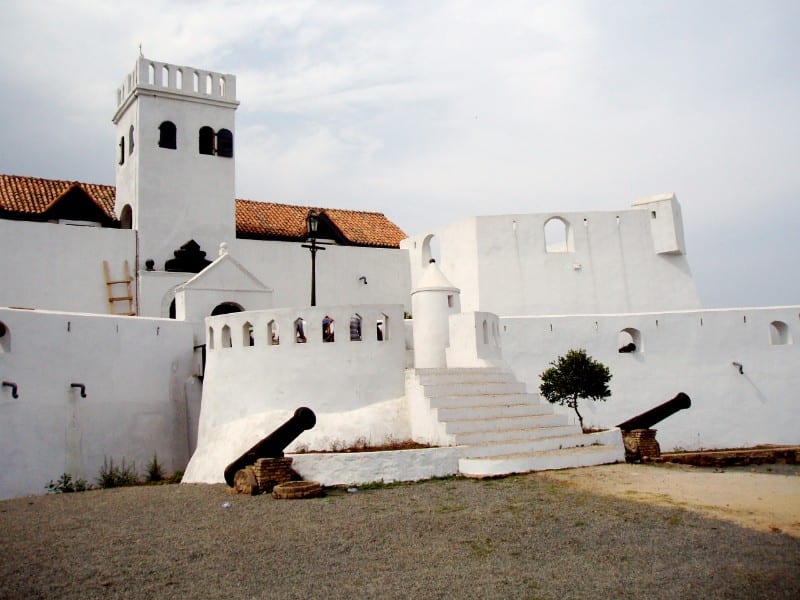

Elmina Fish Market
The bustling Elmina Fish Market is a vibrant reflection of the town’s daily life and its reliance on fishing. The market is a sensory feast, filled with the sights, sounds, and smells of freshly caught fish being traded. It’s an excellent place to witness traditional Ghanaian trading practices and to interact with local fishermen.


St. Joseph’s Minor Basilica
This beautiful Catholic church, with its striking colonial architecture, stands as a testament to Elmina’s religious history and European influence. St. Joseph’s Minor Basilica is not only a place of worship but also a historical landmark, offering insights into the town’s cultural and spiritual life over the centuries.
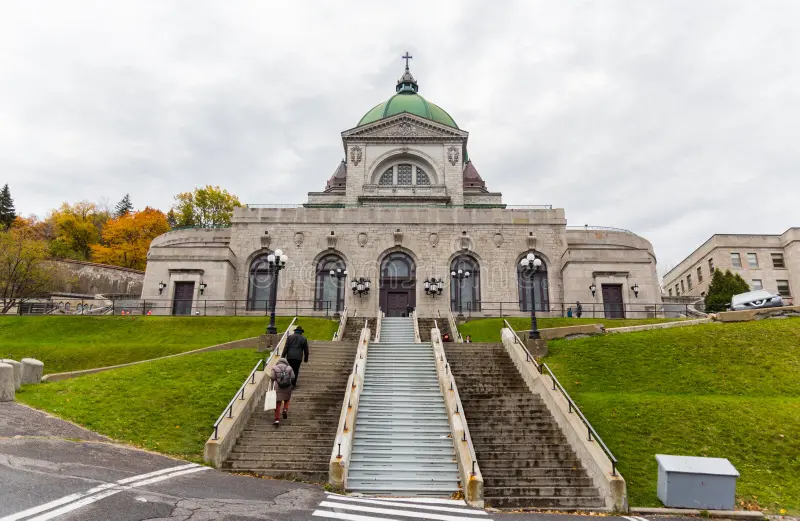

Dutch Cemetery
Located near Elmina Castle, the Dutch Cemetery is a somber but intriguing site. It contains the graves of Dutch settlers and officials who lived and worked in Elmina during the colonial period. The cemetery’s well-maintained graves and epitaphs provide a glimpse into the lives and deaths of the Europeans who once resided in the town.
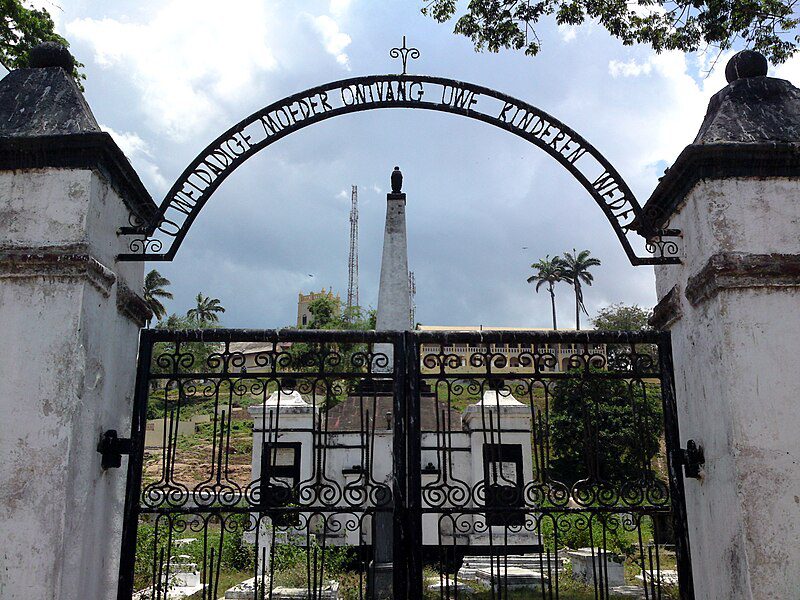

Elmina Lagoon
The picturesque Elmina Lagoon, with its serene waters and colorful fishing boats, adds a scenic backdrop to the town. Visitors can enjoy a boat ride on the lagoon, observe the local birdlife, and experience the tranquility of this natural feature that has supported Elmina’s fishing industry for centuries.
These sights collectively capture the essence of Elmina, offering a blend of historical significance, cultural richness, and natural beauty. Whether you are a history enthusiast, a culture lover, or simply a traveler seeking unique experiences, Elmina’s attractions provide a profound and memorable journey through Ghana’s past and present.


Posubans
Posubans belong to Asafo Company. The Asafo companies were originally Akan military groups who were devoted to the defence of the state (the Akan people make up about 44 per cent of Ghana’s population and are based around Kumasi, with the Ashanti tribe being the most influential members of the Akan). The name Asafo comes from the local words sa (war) and fo (people), but although Asafo companies are no longer particularly military, they do exert political influence through their involvement in the selection and enstoolment of new chiefs (Ashanti chiefs don’t sit on thrones, they sit on stools, hence they are ‘enstooled’). The Asafo companies’ civic duties include working on sanitation projects, road-building, policing, firefighting and community entertainment, so in a sense they’re like a Rotary Club with clout; and each company also has its own posuban, which acts as a religious shrine and a gathering place for meetings and rituals, not unlike a clubhouse.




